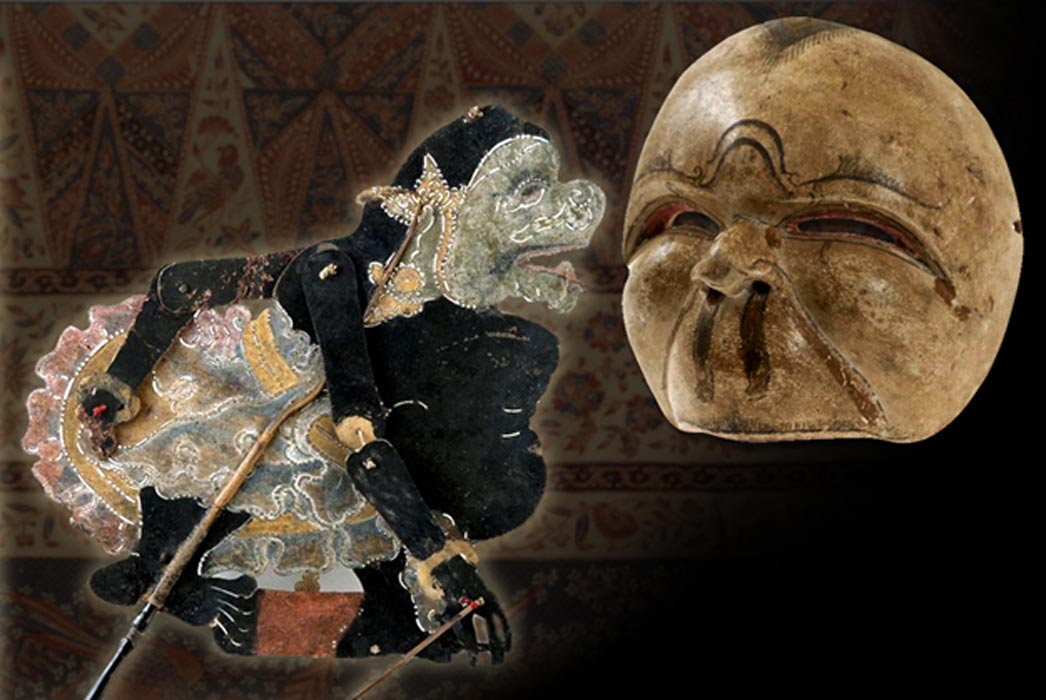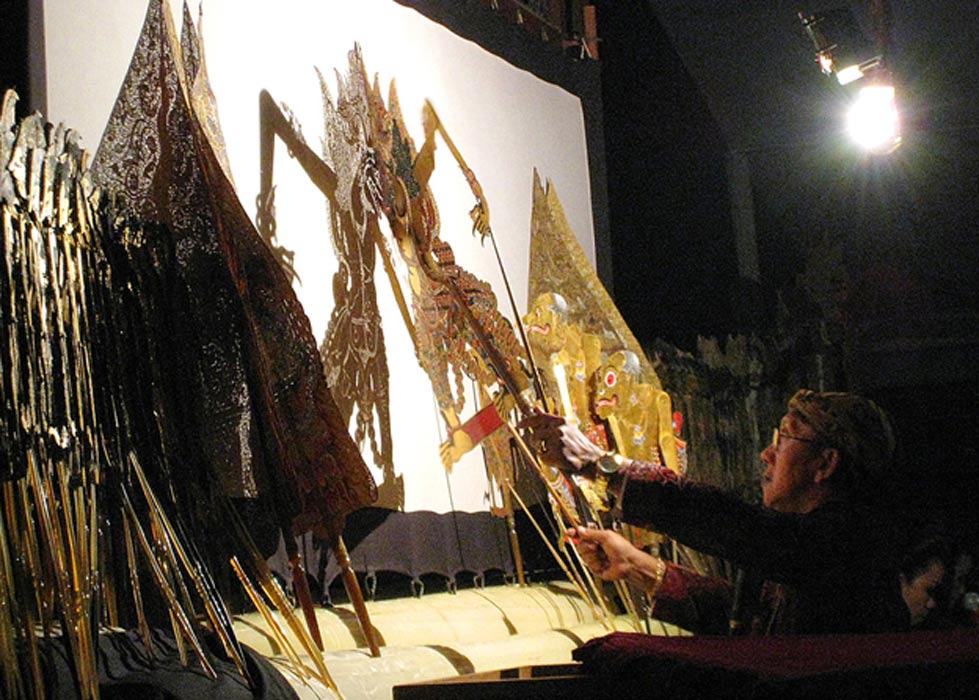
Semar: The Fallen God and Divine Jester of Indonesian Mythology
Semar is probably one of the oldest characters in Indonesian mythology who was said to not have been derived from Hindu mythology. He was made famous by performances of Wayang (Shadow Puppets) in the islands of Java and Bali as a rather unattractive, short man with breasts, a great sized behind, and uncontrollable urge for farting. However, underneath his peculiar appearance, Semar plays a major part in the Indonesian creation myth as the elder brother of the supreme god Batara Guru (the Hindu god Shiva).

Semar, a wayang (shadow puppet) character from Indonesia. (CC BY-SA 3.0)
In traditional Wayang performances, Semar acts the part of a jester and a retainer for the kings. In his depictions in the performances, he does not have the elaborate ornamentation commonly found on the heroic characters, as he represents the man of the people. Semar is also known as the dhanyang (territorial spirit) of Java and a pamong (leader) of the people. He is often referred to with the honorific Kyai Lurah, which roughly translates as Honored Chief. He is therefore often called Kyai Lurah Semar.
An Ancient Spirit or a Warrior God: The Many Beginnings of Semar
There are many versions of the myth of Semar. A likely explanation for this is that not only that he comes from an oral tradition of storytelling, which still largely persists to this day; the stories of ancient deities in Indonesia are considerably more fluid than their Indian, Chinese or Western counterparts. This means that storytellers had no qualms about changing or adding stories or characters to suit the moral being taught or for pure artistic license. In many cases, characters from the traditional performance of Wayang (Shadow Puppets) were modified to suit the political or religious agenda at the time. It is therefore not unusual to see centuries old characters discussing the current Indonesian politics in a Wayang performance.

Javanese wayang kulit (shadow puppet) performance by a famous Indonesian dalang (puppet master) Ki Manteb Sudharsono, is usually a whole night long. (CC BY-SA 3.0)

A dalang performing wayang kulit in Java, circa 1890. (Public Domain)
The origin of Semar, for example, ranges from him being the father of Shiva to the grandson of Sang Hyang Ismaya. After the spread of Islam in Indonesia, versions saying that Semar was the grandson of Adam, the first man, also circulated. As a retainer, Semar is generally recognized as the youngest Pandava brother, Sahadeva’s retainer. Yet, one would still see him as a retainer for the prince Rama from Ramayana or any of the other Pandava brothers from Mahabharata.




